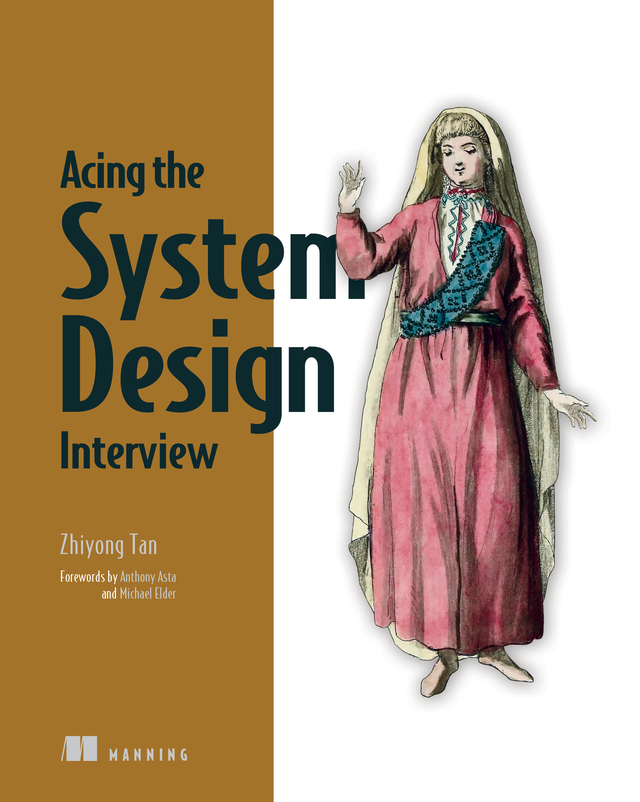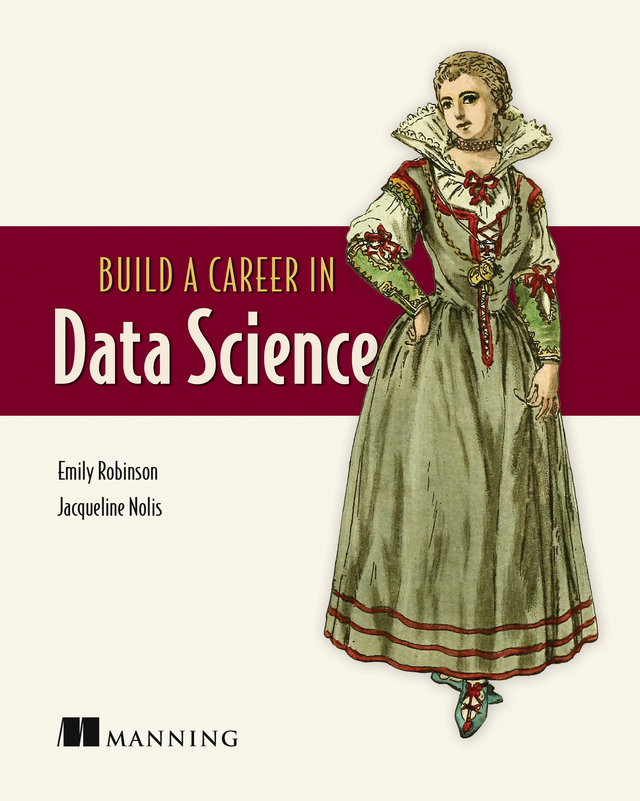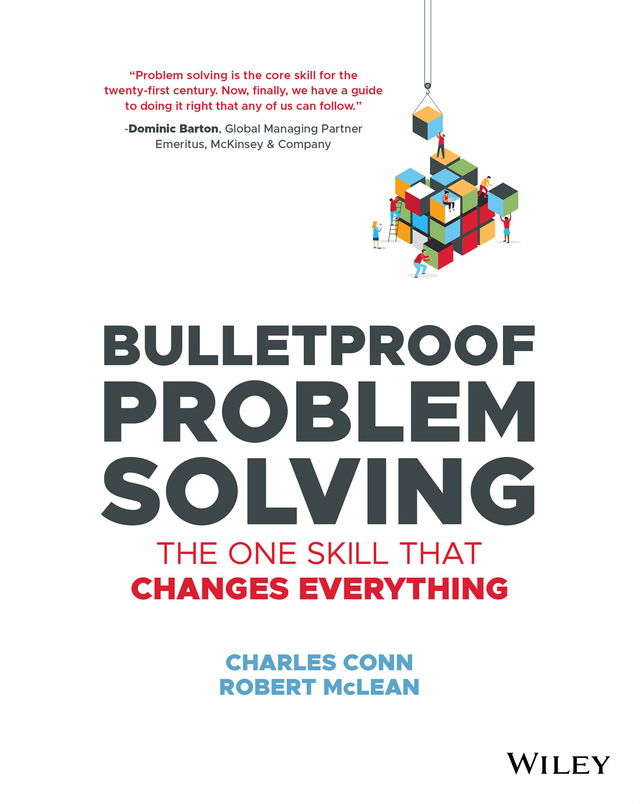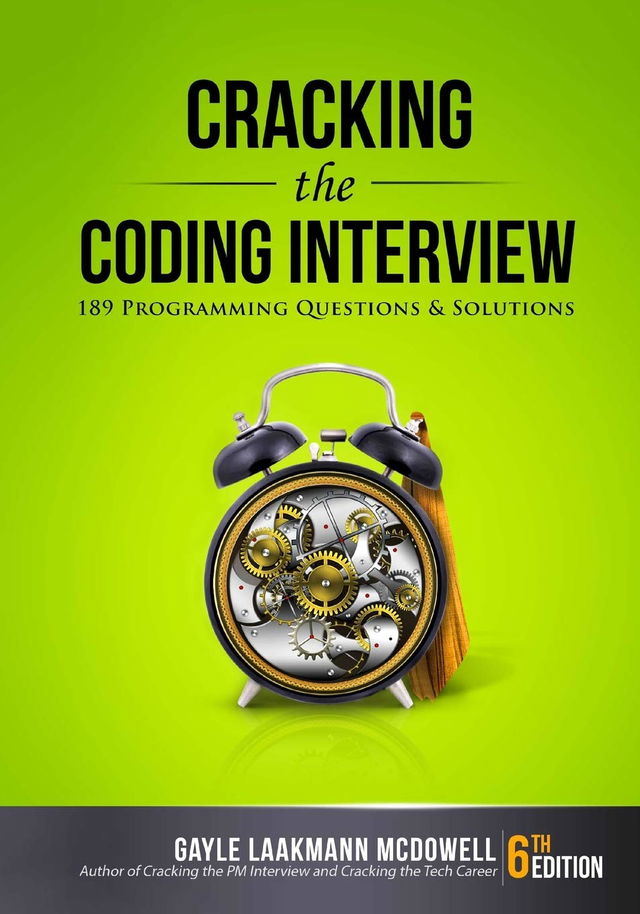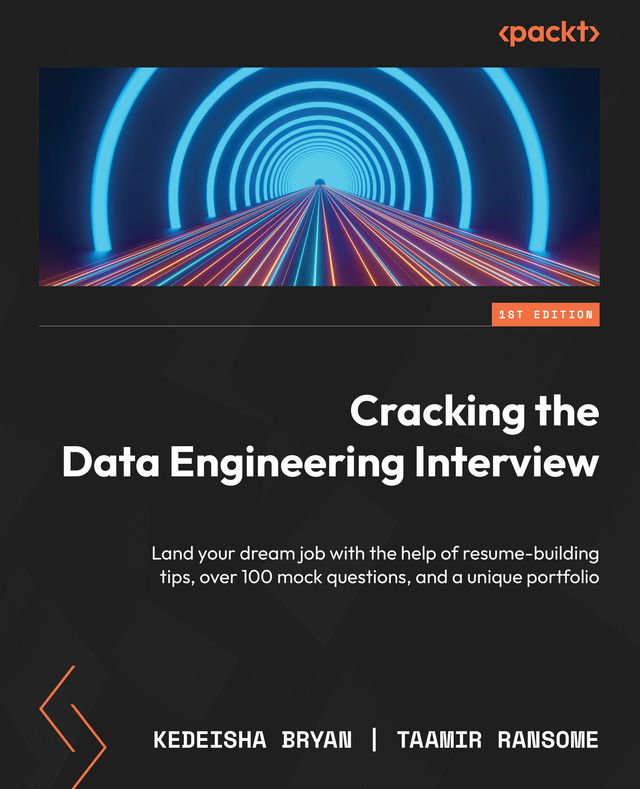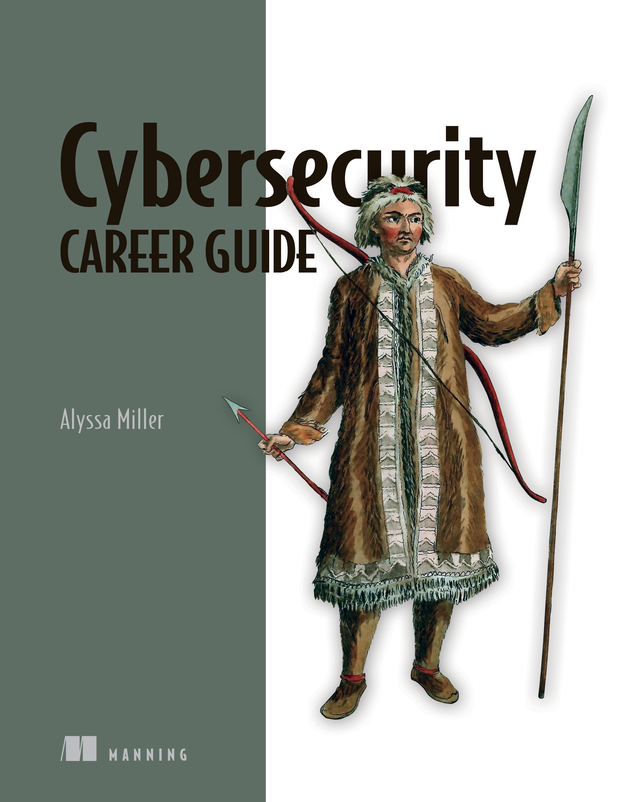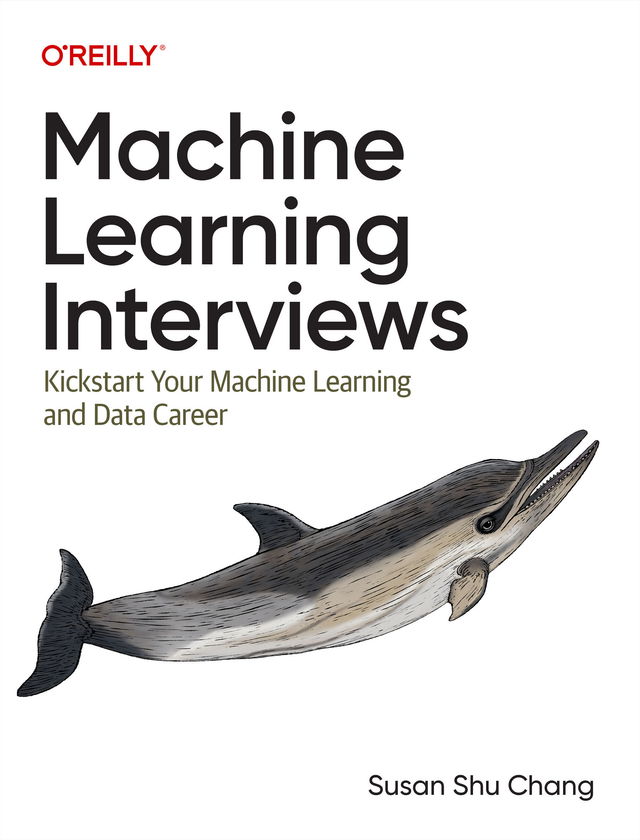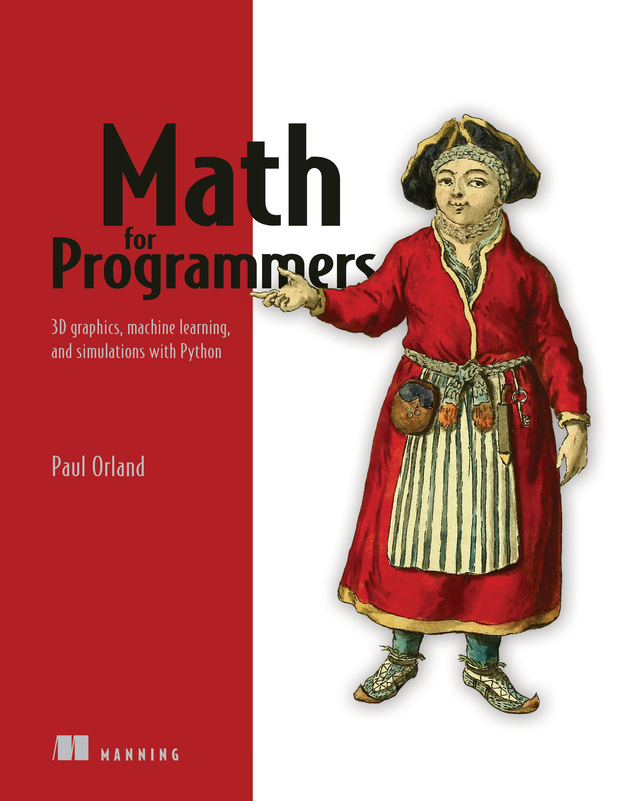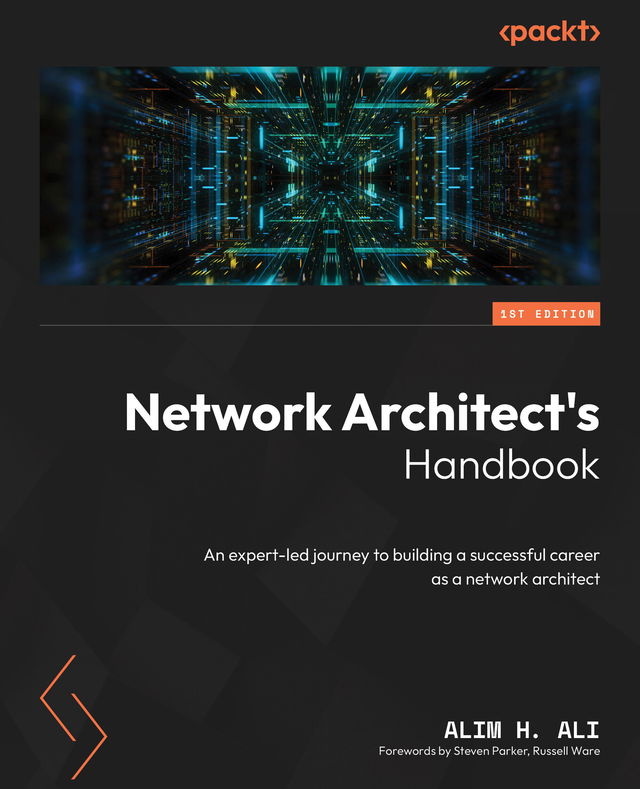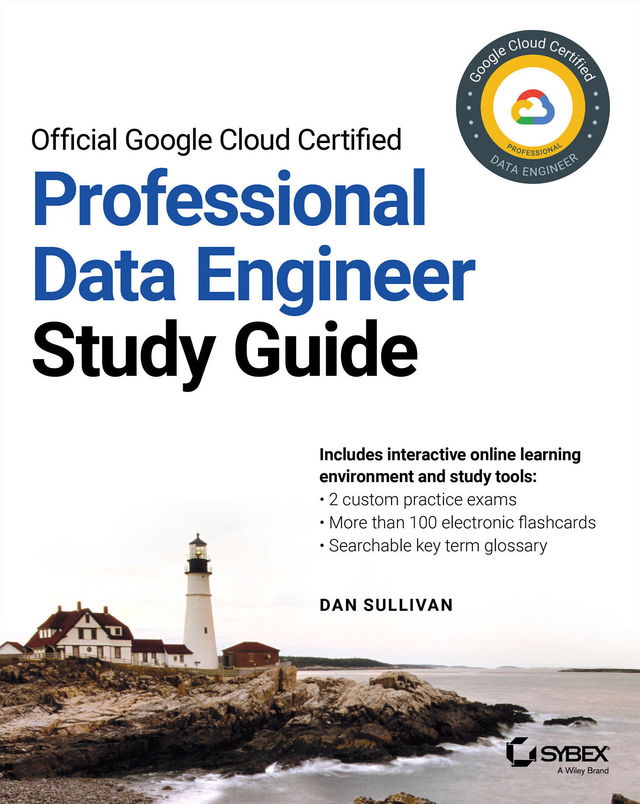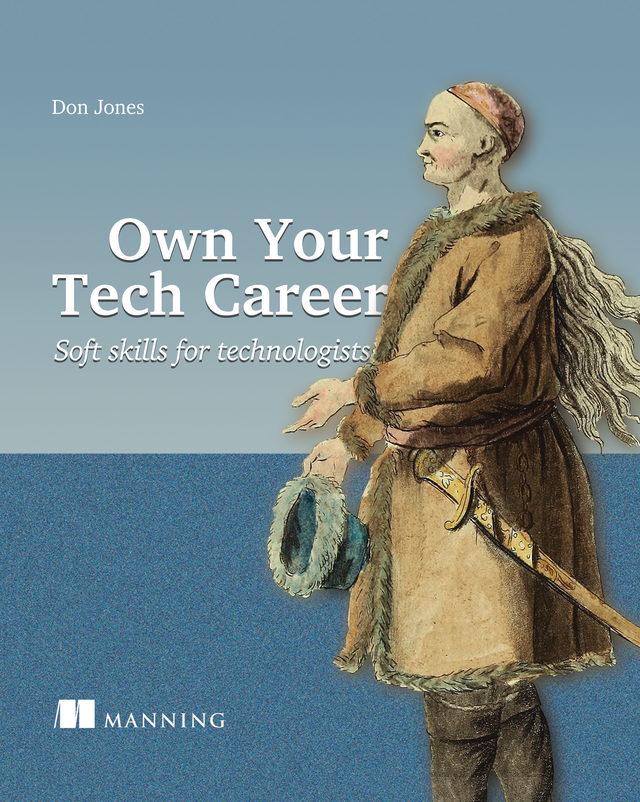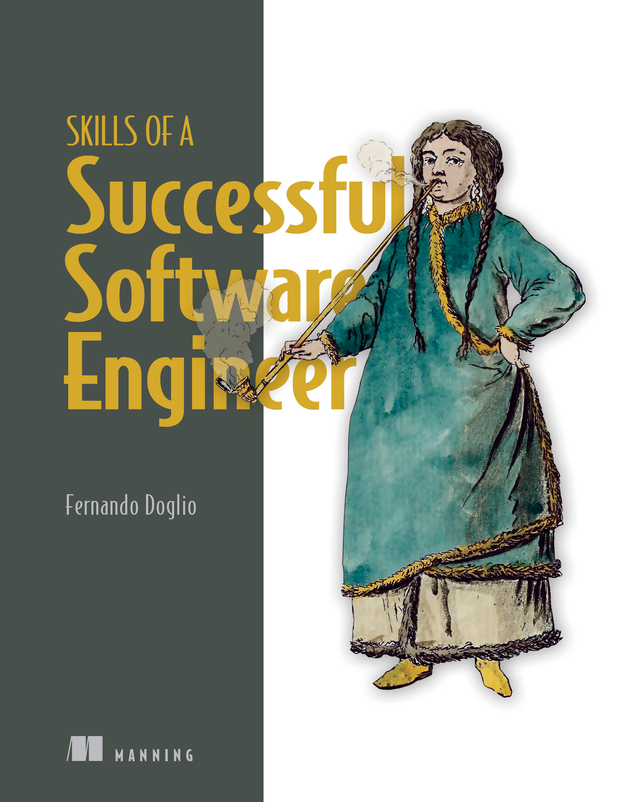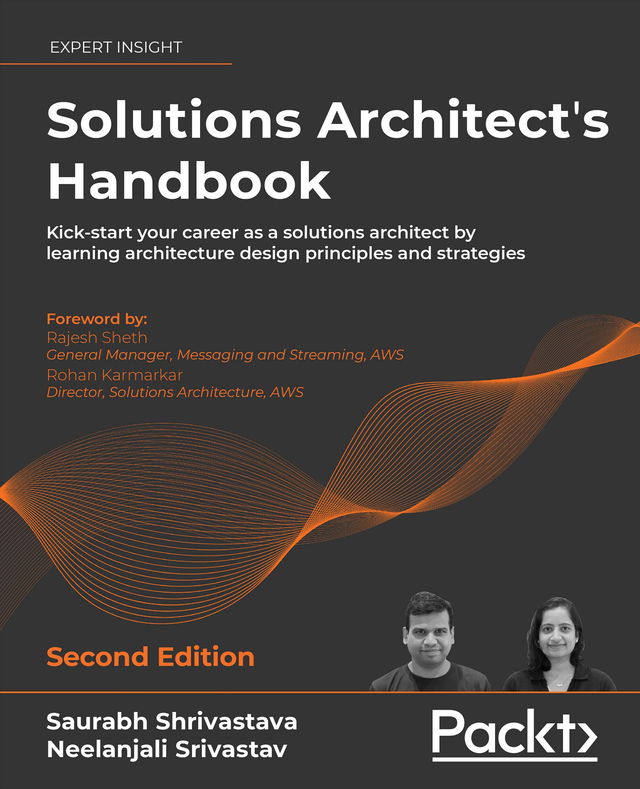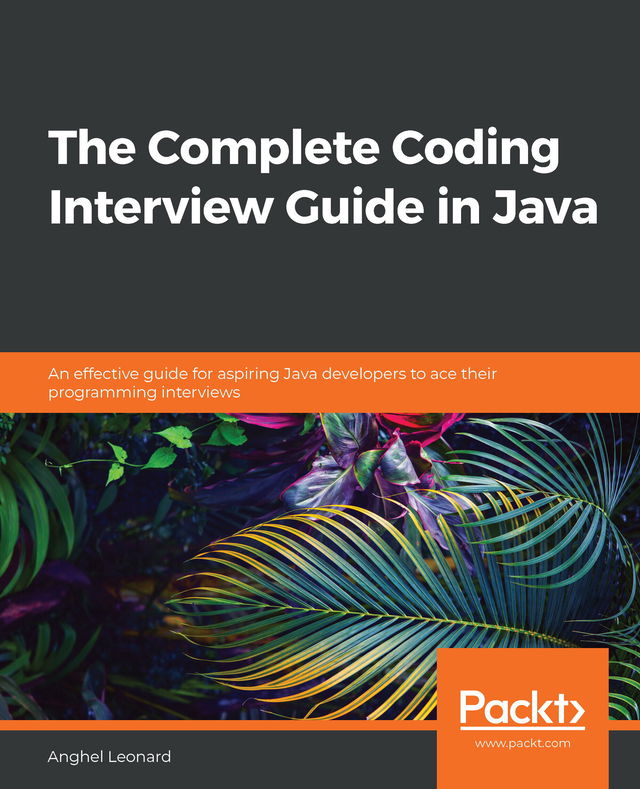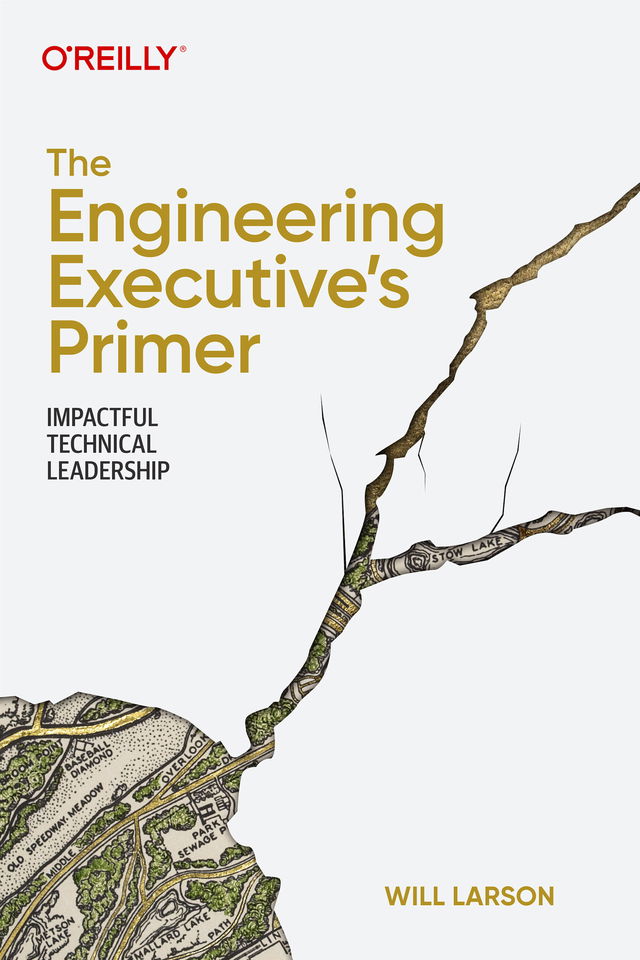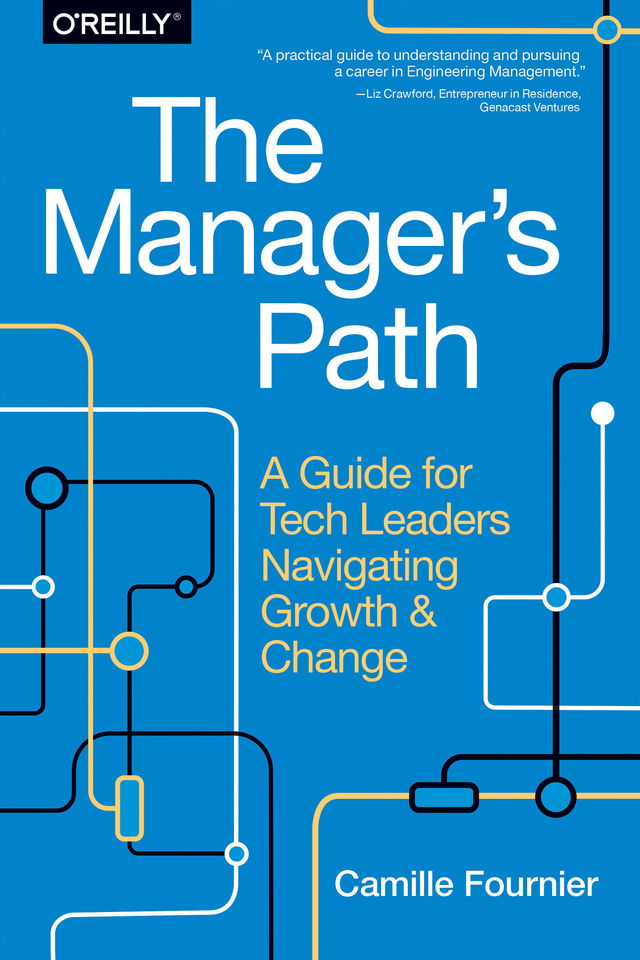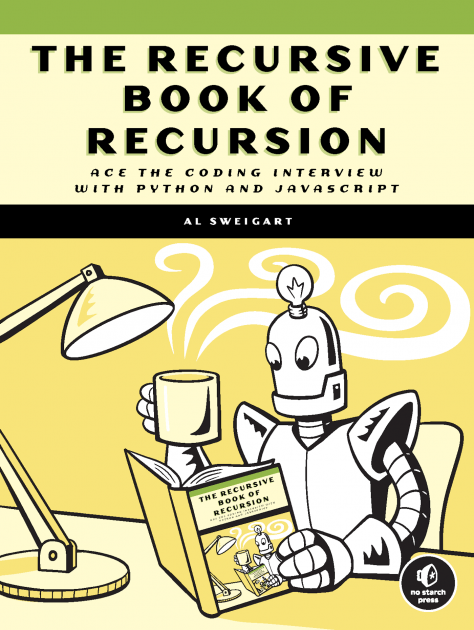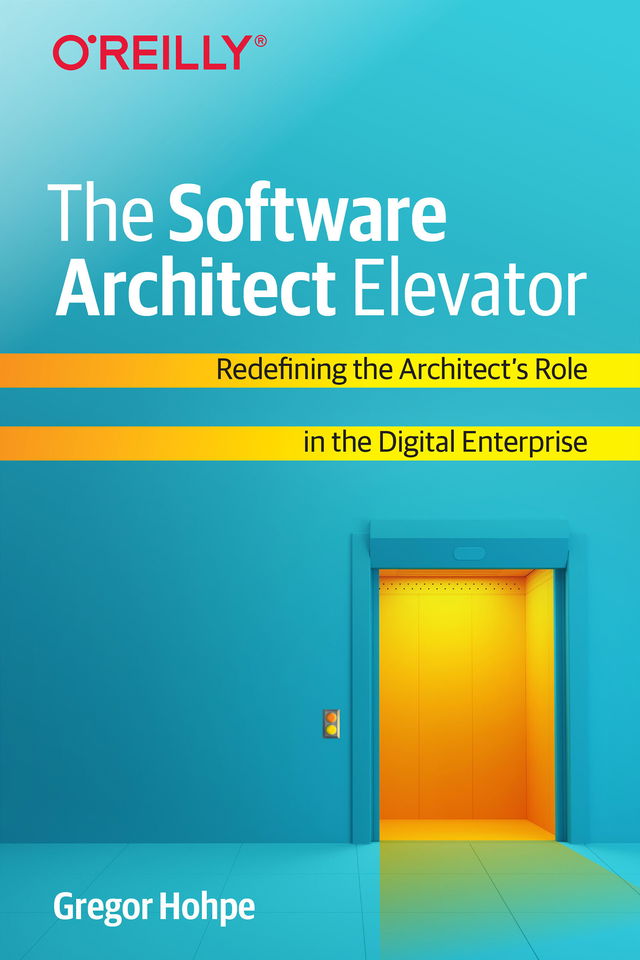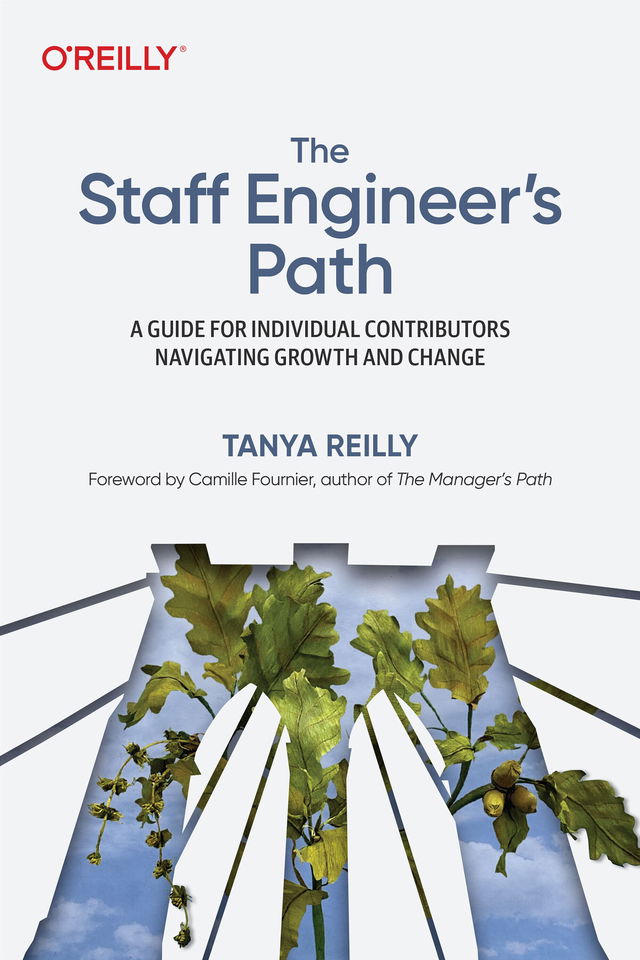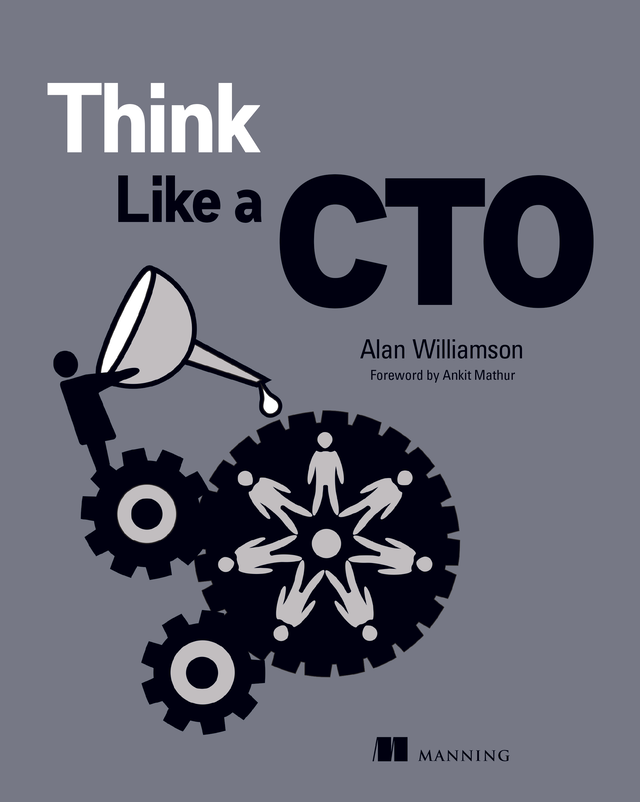The system design interview is one of the hardest challenges you’ll face in the software engineering hiring process. This practical book gives you the insights, the skills, and the hands-on practice you need to ace the toughest system design interview questions and land the job and salary you want.
In Acing the System Design Interview you will master a structured and organized approach to present system design ideas like:
- Scaling applications to support heavy traffic
- Distributed transactions techniques to ensure data consistency
- Services for functional partitioning such as API gateway and service mesh
- Common API paradigms including REST, RPC, and GraphQL
- Caching strategies, including their tradeoffs
- Logging, monitoring, and alerting concepts that are critical in any system design
- Communication skills that demonstrate your engineering maturity
Don’t be daunted by the complex, open-ended nature of system design interviews! In this in-depth guide, author Zhiyong Tan shares what he’s learned on both sides of the interview table. You’ll dive deep into the common technical topics that arise during interviews and learn how to apply them to mentally perfect different kinds of systems.
